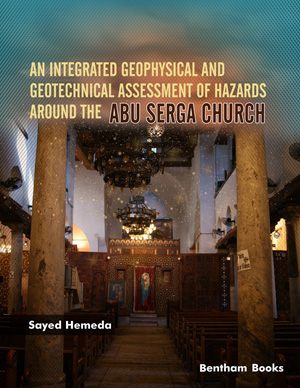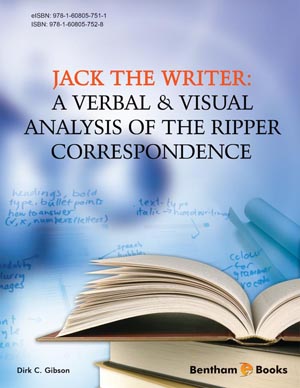Abstract
Penned by Victor Hugo, The Hunchback of Notre Dame is built upon a love story evolving between a Gypsy girl, Esmeralda, and a hunchbacked church bell-ringer, Quasimodo. Nonetheless, the novel moves beyond a love story, and by sharing analyses on the political and social matters of 15th century Paris and medieval Europe, it holds a mirror to that period. In the novel, both Paris city and Notre Dame de Paris church play a more important role than solely forming the background of the plot. Rather, these elements take place in the novel as the building blocks of the story and direct its flow. The plot of the novel was established by positioning the cathedral into its centre. As the novel is analysed on the basis of space-human interaction, the characters are integrated with the church and exist in accordance with an attachment to place.
A major representative of the Romantic movement, Victor Hugo adopted the classical art approach, and in an age where imitating Roman and Greek art forms was popular, Hugo, with his work in Gothic architecture, drew public attention. This work managed to stop the destruction of a great number of Gothic architecture symbols, the Notre Dame de Paris Church in particular, by capturing the attention of society. On that account, this work plays quite an important role in protecting an architectural work via literature.
Keywords: Art and architecture, Architecture and literature relationship, Architectural identity, Architecture and representation, Architectural building, Conservative theory, Fictitious characters, Gothic architecture, Human, Literature for society, Medieval Ages, Notre Dame de Paris Church , Neoclassic architecture, Place, Paris City, Renaissance architecture, Romantic movement in literature, Social and olitical changes, The city in medieval ages, The Hunchback of Notre Dame , Urban memory.













